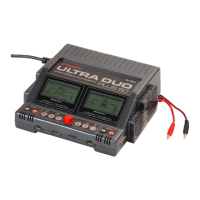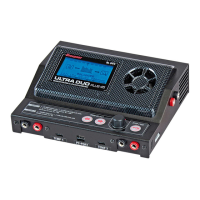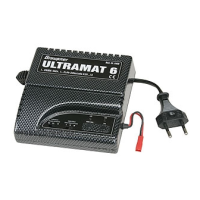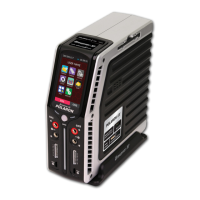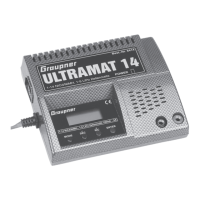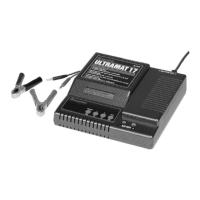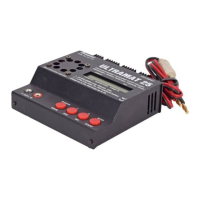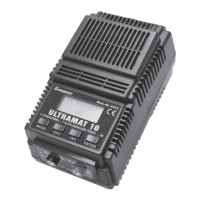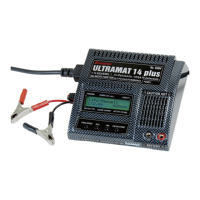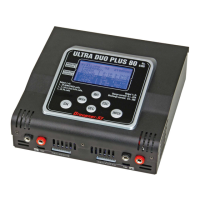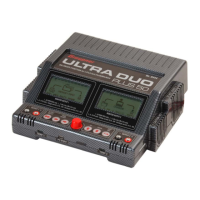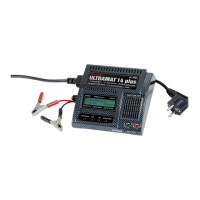Seite 6/13
A-7. REINIGUNG UND WARTUNG
Das Ladegerät arbeitet wartungsfrei und benötigt daher keinerlei Wartungsarbeiten. Bitte schützen Sie
es jedoch in Ihrem eigenen Interesse unbedingt vor Staub, Schmutz und Feuchtigkeit!
Zur Reinigung das Ladegerät von Autobatterie und Akku trennen und nur mit einem trockenen Lappen
(keine Reinigungsmittel verwenden!) leicht abreiben.
A-8. HINWEISE ZUM UMGANG MIT AKKUS, LADEVERFAHREN
• Das Laden einzelner NiCd- oder NiMH- Zellen oder Batterien mit 1...4 Zellen stellt die
Abschaltautomatik vor eine schwere Aufgabe, da hier der Spannungs- Peak nicht sehr ausgeprägt
ist, kann eine einwandfreie Funktion nicht garantiert werden. Die Automatik kann nicht oder nicht
richtig ansprechen. Überprüfen Sie deshalb durch mehrfache, überwachte Probeladungen ob bei
den von Ihnen verwendeten Akkus eine einwandfreie Abschaltung erfolgt.
• Warme Batterien sind leistungsfähiger als kalte, wundern Sie sich deshalb nicht wenn Ihre Batterien
im Winter nicht so leistungsfähig sind.
• Überladen sowie Tiefentladung führt zu irreparabler Beschädigung der Zellen und schädigt dauerhaft
die Leistungsfähigkeit des Akkus und vermindert die Kapazität.
• Akkus niemals ungeladen, leer oder teilweise geladen für längere Zeit lagern. Vor der Lagerung
Akkus aufladen und von Zeit zu Zeit Ladezustand überprüfen. NiMH- Zellen sollten 1,2V pro Zelle
niemals unterschreiten, um eine optimale Lebensdauer zu erreichen.
• Beim Kauf von Akkus auf gute Qualität achten, neue Akkus zunächst nur mit kleinen Strömen
aufladen und erst allmählich an höhere Ströme herantasten.
• Akkus erst kurz vor der Verwendung aufladen, die Akkus sind dann am leistungsfähigsten.
• An den Akkus nicht löten - Die beim Löten auftretenden Temperaturen beschädigen meist die
Dichtungen und Sicherheitsventile der Zellen, der Akku verliert daraufhin Elektrolyt oder trocknet aus
und büßt seine Leistungsfähigkeit ein.
• Überladung schädigt die Kapazität des Akkus. Deshalb keine heißen oder bereits geladenen Akkus
erneut aufladen.
• Hochstromladungen und -entladungen verkürzen die Lebenserwartung des Akkus. Überschreiten Sie
daher nicht die vom Hersteller vorgegebenen Angaben.
• Bleibatterien sind nicht hochstromladefähig. Überschreiten Sie daher niemals die vom Akkuhersteller
angegebenen Ladeströme.
• Akkus vor Vibration schützen sowie keiner mechanischen Belastungen aussetzen.
• Beim Laden und während des Betriebs der Akkus kann Knallgas (Wasserstoff) entstehen, achten Sie
deshalb auf ausreichende Belüftung.
• Batterien nicht mit Wasser in Berührung bringen, Explosionsgefahr.
• Batteriekontakte niemals kurzschließen, Explosionsgefahr.
• Batterien nicht öffnen, Verätzungsgefahr.
• NiCd- oder NiMH- Akkupacks lassen sich am besten formieren indem zuerst alle Zellen einzeln und
